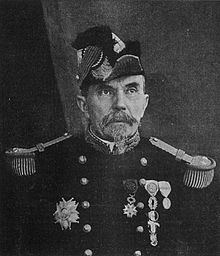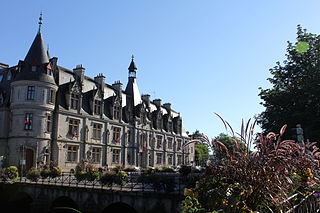
Finistère is a department of France in the extreme west of Brittany. Its prefecture is Quimper and its largest city is Brest. In 2019, it had a population of 915,090.
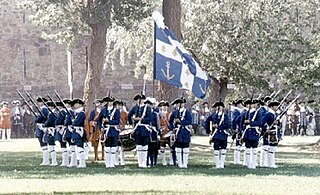
The Troupes de la Marine was a French military formation founded by Cardinal Richelieu in 1622. It was under the denomination of Compagnie ordinaire de la mer, originally intended to form the garrisons of the ships of the King. It was in 1674 that Jean-Baptiste Colbert decided to make permanent colonial troops and give them the name of Compagnies Franches de la Marine.
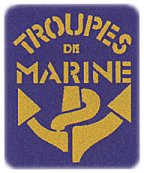
The Troupes de Marine or TDM, sometimes simply referred to as "French Marines" in English, are one of the major components of the French Army and comprise several specialties: infantry, airborne, armoured cavalry, artillery, engineering, and transmissions (signals). Characterized by their fundamental vocation for service beyond the seas, including in French overseas territories and, formerly, in French colonies, the Marines have taken part in all French military campaigns since the corps' foundation, both on home soil and in theaters of operations around the world. They are stationed in Metropolitan France, in many French overseas departments and territories, as well as in Africa.

Carhaix-Plouguer, commonly known as just Carhaix, is a commune in the French department of Finistère, region of Brittany, France. The commune was created in 1957 by the merger of the former communes Carhaix and Plouguer.
The structure of the French Army is fixed by Chapter 2 of Title II of Book II of the Third Part of the Code of Defense, notably resulting in the codification of Decree 2000-559 of 21 June 2000.

The 9th Marine Infantry Brigade is a light armoured, amphibious unit of the Troupes de marine of the French Army.
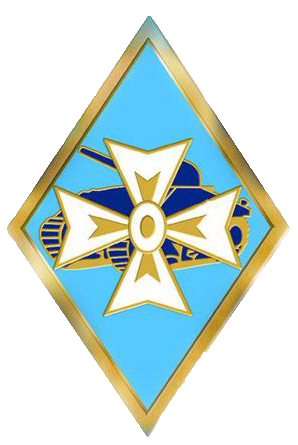
The 1st Armored Division is a unit of the French Army formed during World War II that took part in the Liberation of France.

The Battle of Bazeilles was fought on 1 September 1870 during the Franco-Prussian War as a portion of the larger Battle of Sedan and was one of the first battles to feature modern urban warfare tactics. It took place in Bazeilles, France, a small village in the department of Ardennes near Sedan, and involved a force of Bavarian soldiers battling against French marines and partisans.
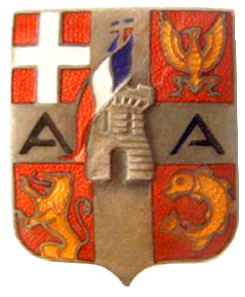
The Army of the Alps was one of the French Revolutionary armies. It existed from 1792–1797 and from July to August 1799, and the name was also used on and off until 1939 for France's army on its border with Italy.

The 1st Marine Infantry Regiment is a French regiment heir of the colonial infantry. The regiment is one of the quatre vieux regiments of the Troupes de Marine, with the 2nd Marine Infantry Regiment 2e RIMa, the 3rd Marine Infantry Regiment 3e RIMa, as well the 4th Marine Infantry Regiment 4e RIMa. Along with the 1st Marine Artillery Regiment 1er RAMa and the 2nd Marine Artillery Regiment 2e RAMa, the 1st Marine formed the Blue Division. The 1er RIMa is a light armoured unit, since 1986, alike with the régiment d'infanterie-chars de marine RICM.

The 4th Marine Infantry Regiment was a French marine regiment of the troupes de marine within the French Army. This regiment was part of the « Quatre Grands » of the Marine Infantry along with the 1st Marine Infantry Regiment 1er RIMa, the 2nd Marine Infantry Regiment 2e RIMa, the 3rd Marine Infantry Regiment 3e RIMa, however was dissolved in 1998. Along with the 1st Marine Artillery Regiment 1er RAMa and 2nd Marine Artillery Regiment 2e RAMa, the 4th Marine formed of the two brigades of the Blue Division. On June 14, 2001, the GSMA of Mayotte, heir to the 4th Marine Infantry Regiment, received the color guard of the regimental colors.
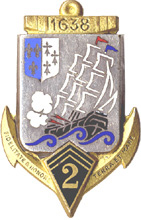
The 2nd Marine Infantry Regiment is an infantry regiment of the Troupes de marine in the French Army, the only regiment to bear 16 battle honours inscriptions of the regimental colors. The regiment is one of the "quatre vieux" regiments of the Troupes de marine, with the 1st Marine Infantry Regiment 1er RIMa, the 3rd Marine Infantry Regiment 3e RIMa and the 4th Marine Infantry Regiment 4e RIMa ; also, alongside the 1st Marine Artillery Regiment 1er RAMa as well as the 2nd Marine Artillery Regiment 2e RAMa which formed the Blue Division.
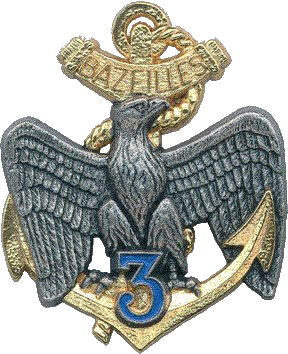
The 3rd Marine Infantry Regiment is a unit of the French Army. The 3e RIMa is one of the oldest of the troupes de marine. This regiment is one of the "Quatre Grands" of marine infantry once garrisoned within the four military ports, ready to embark : the « Grand Un », the « Grand Deux », the « Grand Trois » and the « Grand Quatre ». The regiment fought in the expeditions of the 19th century in Africa, the Americas, Oceania and the Orient. Surnamed also the "3rd Marine", the unit was part of the « Blue Division » which fought at the Battle of Bazeilles on August 31 and September 1, 1870. The regiment is part of the 9th Light Armoured Marine Brigade.

The Army of Châlons was a French military formation that fought during the Franco-Prussian War of 1870. Formed in the camp of Châlons on August 17, 1870, from elements of the Army of the Rhine which the formation was issued from, the Army of Châlons was engaged in combats of Beaumont and Sedan while disappearing during the capitulation of September 2, 1870.

The following is a hierarchical outline for the French Land Army at the end of the Cold War. It is intended to convey the connections and relationships between units and formations. The theoretical combat strength of the army was 295,989 soldiers, of the 557,904 individuals available for service across the entire French Armed Forces in 1989.

The Régiment de Royal Marine was an infantry regiment of the Kingdom of France, established in 1669. The regiment was directly involved in the Day of the Tiles, which took place in Grenoble on June 7, 1788. The last unit of the regiment was incorporated into the 23 demi-brigade on March 21, 1797 and the regiment ceased to exist.

Jules de Cuverville was a French naval officer who rose to become Chief of Staff of the French Navy. He entered politics in later life, elected to the senate where between 1901 and 1912 he represented Finistère.

Hervé Charpentier is a Général d'armée of the French Army.

The Specialized Staff for Overseas and Foreign Affairs was historically dedicated to training the French Army in interculturality and was the maison mere (mother-parent) of the Troupes de marine. It is located at the Ecole militaire in Paris and at Fréjus.
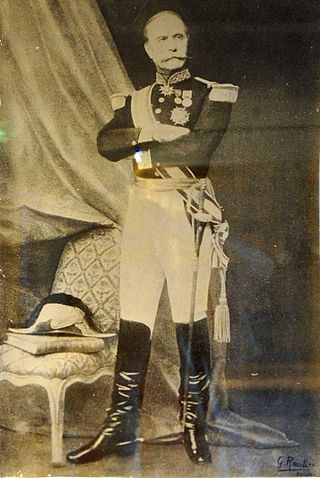
Élie, Jean de Vassoigne was a French general who distinguished himself in the Baltic in 1854 against the Russians in the Battle of Bomarsund, then commanded from 1854 to 1856 the occupation corps of Greece during the Crimean War. Then in 1859 and 1860, he went to campaign in China commanding the 3e régiment de Marine brigade of General Collineau. He was then sent to Tonkin and Annam in Cochinchina from 1860 to 1861. On February 27, 1861, during the Battle of Ky Hoa, he was seriously injured by an arrow. In 1870, he took part in the Battle of Sedan, during the Franco-Prussian War.
